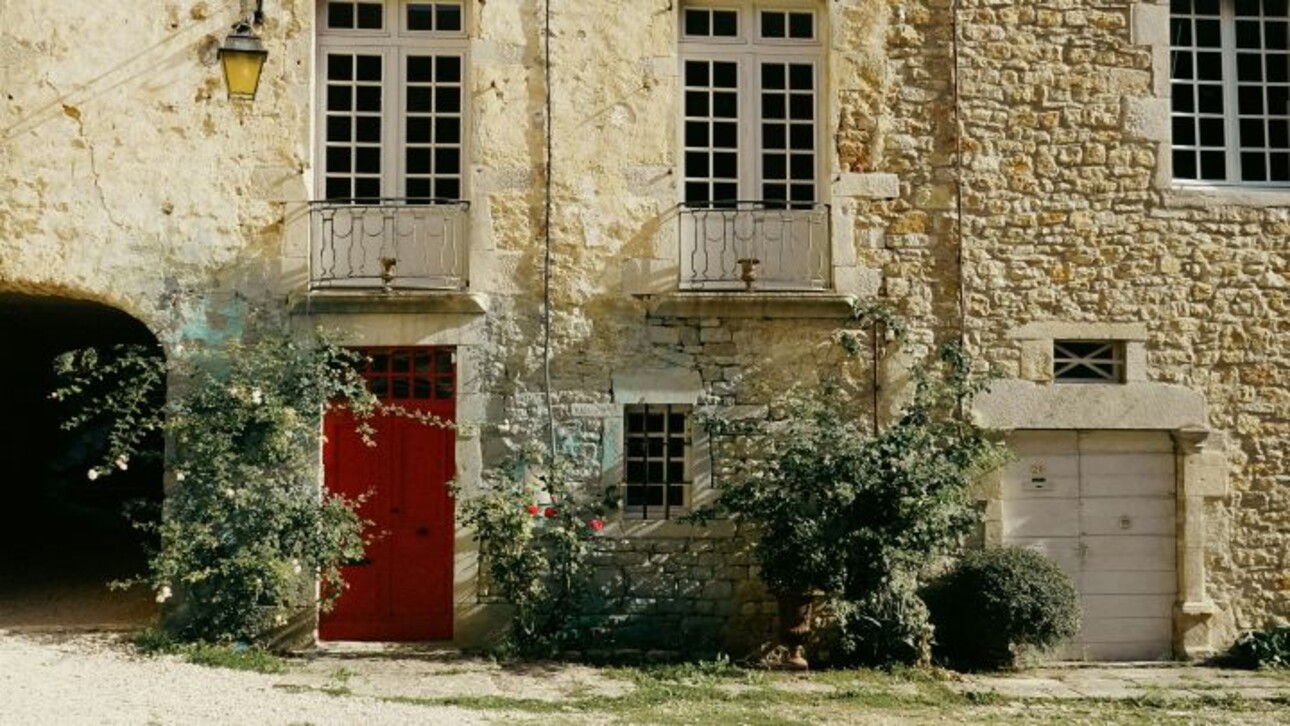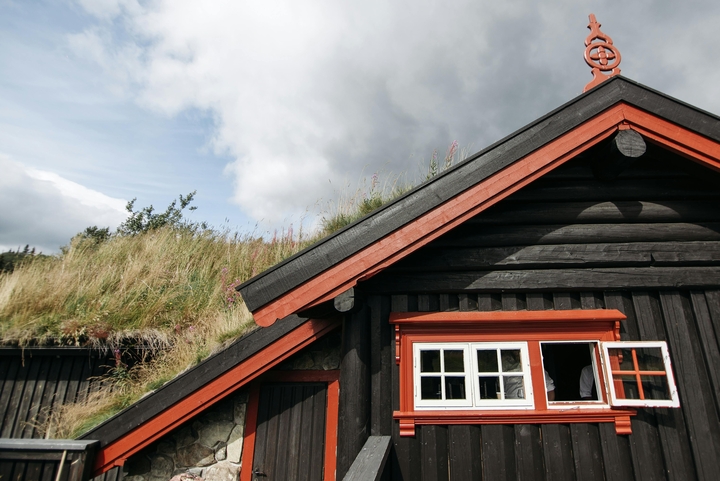
Renovating an old house is a project that appeals to many people in search of authenticity and charm. These buildings often have a unique soul, but they require regular maintenance, particularly of the façade. So what are the solutions for bringing a facade back to life while respecting the spirit of a country house?
Wood is one of the most popular materials for cladding or renovating the facade of an old house. Its warm appearance blends in perfectly with its rural surroundings, and can modernise a building without betraying its character. A living material, it brings a rare authenticity and creates a welcoming, timeless atmosphere. One of the most popular options is clerestory cladding. This type of cladding, made up of spaced slats, creates a subtle play of light and gives relief to the façade, while retaining a certain visual lightness.
Wood has the advantage of being a natural insulator, capable of improving the thermal comfort of the house. It therefore contributes to better energy efficiency, while enhancing the value of the property in the long term. To guarantee the durability of clerestory cladding, we recommend choosing species that are suited to outdoor conditions, such as larch, Douglas fir or red cedar. With regular treatment and proper care, wood retains its lustre, resists the vagaries of the weather and ages gracefully.
In many regions of France, lime rendering is still a benchmark. Used for centuries, it protects stone or brick walls while allowing the façade to breathe. This natural material is particularly appreciated for its ability to regulate humidity, limit cracking and adapt to the movement of old surfaces. It also contributes to better indoor air quality.
By opting for traditional rendering, you preserve the authenticity of the house while improving its durability. You can play with the natural colours of the lime or add pigments to obtain a personalised finish, either soft or more assertive. This solution is often preferred in listed areas or areas subject to strict architectural constraints, because it respects local aesthetic codes while offering genuine technical performance.
If your house already has stone walls, renovation may simply involve restoring them to their original state. Repointing, i.e. replacing damaged joints, is often enough to restore the façade to its former glory, without altering its original structure. Gentle cleaning, using non-aggressive techniques, can also reveal the beauty of old stone.
The advantage of stone is its robustness, exceptional durability and timelessness. It stands the test of time without going out of fashion. Stone can also be combined with other materials, such as wood or metal, to create an interesting contrast and enhance the architectural lines. This combination combines the charm of the past with subtle contemporary touches.
Renovating an old house in the country doesn't mean denying yourself modernity. Some contemporary materials can be used with taste and blend in perfectly with the decor. Composite panels, for example, offer a wide variety of finishes and require very little maintenance.
Aluminium, meanwhile, is lightweight and weather-resistant. These solutions can be particularly interesting if you want to improve the insulation of your home from the outside.

Renovating the facade of an old house in the countryside is a unique opportunity to enhance its heritage while adapting it to today's requirements. There are many solutions for renovating a facade. The key is to find the right balance between authenticity, energy efficiency and aesthetics.